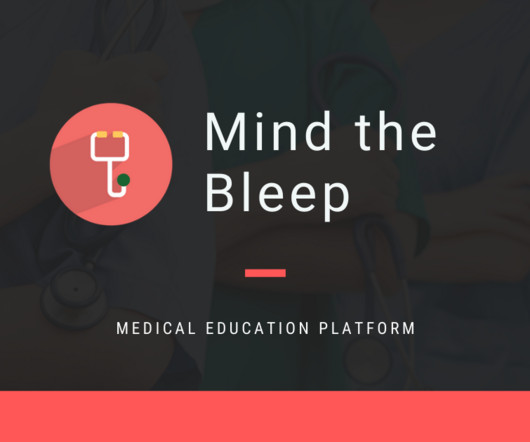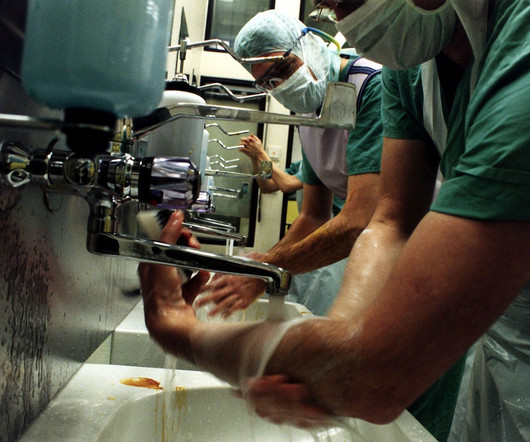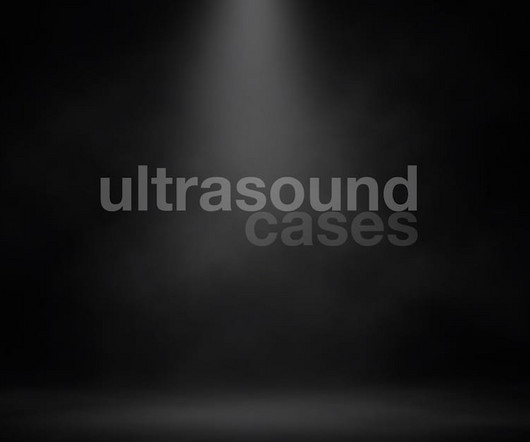The Role Of Postop CT Scan In Penetrating Trauma
The Trauma Pro
OCTOBER 29, 2024
CT scans are commonly used to aid the workup of patients with blunt trauma. They are occasionally useful in penetrating trauma, specifically when penetration into a body cavity is uncertain, and the patient has no hard signs that would send him or her immediately to the operating room. Is there any role for CT in operative penetrating trauma, after the patient has already been to the OR?











































Let's personalize your content